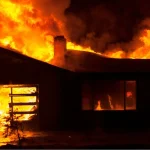Introduction
Chimney safety is a crucial aspect of home maintenance often overlooked by many homeowners. A well-maintained chimney not only ensures efficient heating but also prevents a range of potential hazards. This comprehensive guide aims to educate homeowners about common chimney hazards and how to prevent them, ensuring a safe and warm environment in your home.
Understanding the Importance of Chimney Safety
The chimney serves as a vent for dangerous gases and smoke from your fireplace or heating system. Neglecting chimney maintenance can lead to serious issues like carbon monoxide poisoning, chimney fires, and structural damage. This section will discuss why chimney safety is paramount and the risks associated with neglect.
Common Chimney Hazards and Their Causes
There are several hazards associated with chimneys, including:
Blockages:
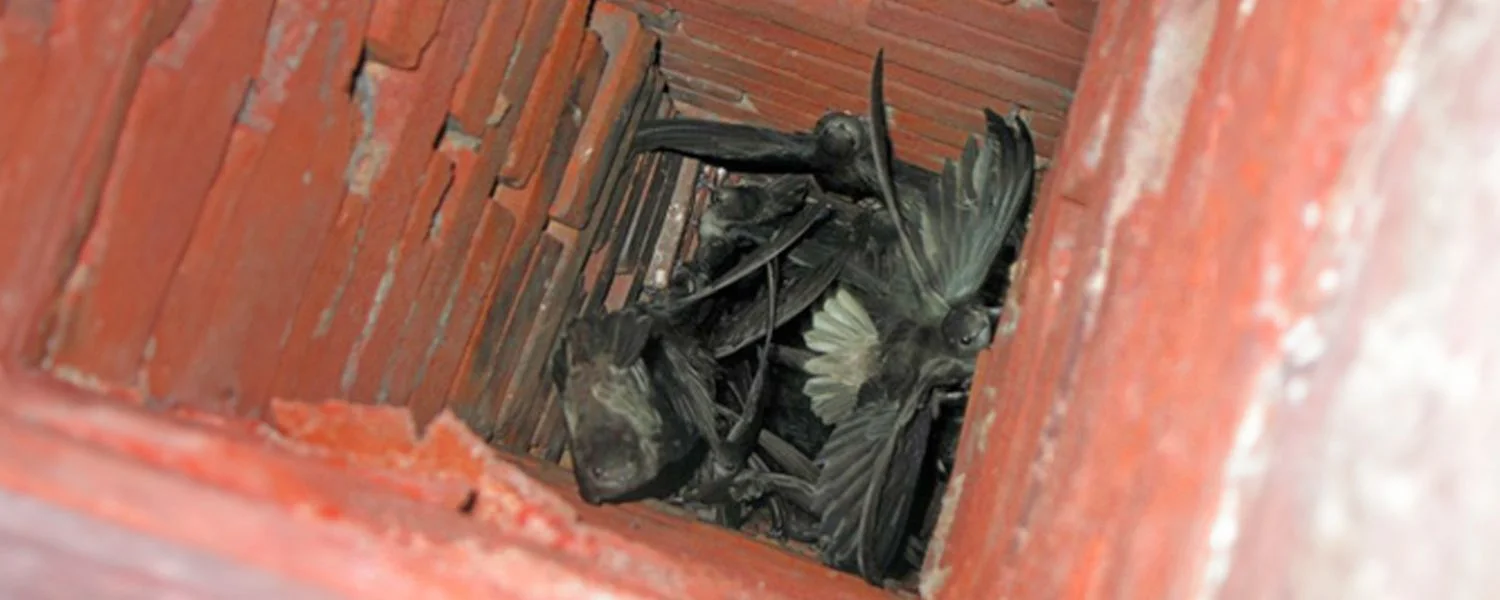
These can be caused by animal nests, debris, or creosote build-up and can lead to dangerous gas build-up in the home.
Creosote Accumulation:
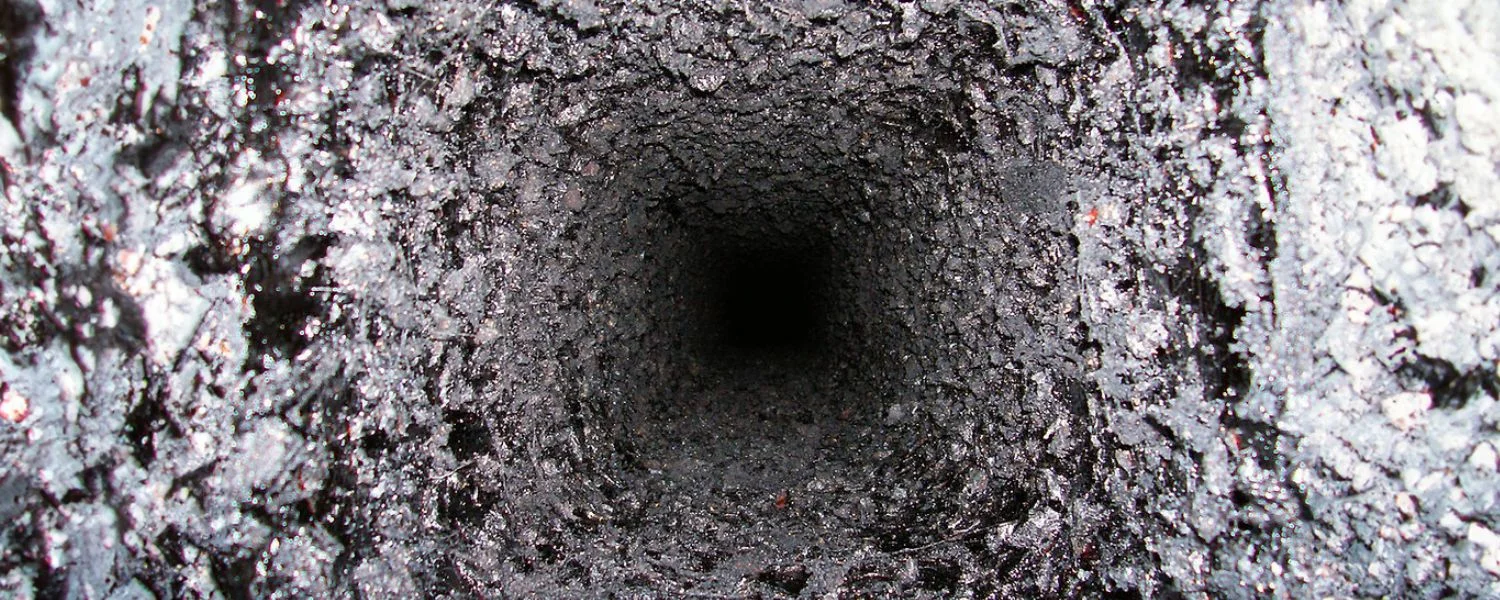
Creosote, a byproduct of burning wood, is highly flammable and can ignite, causing chimney fires.
Structural Damage:
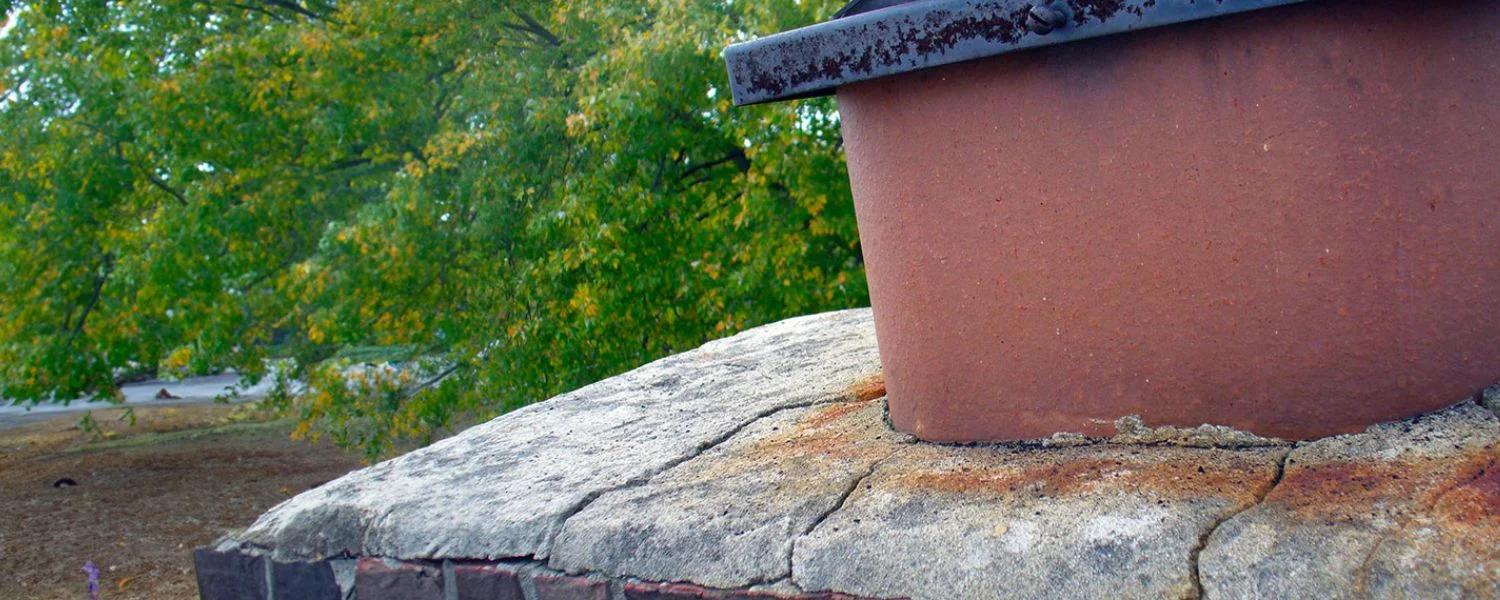
Cracks or deterioration in the chimney structure can lead to leaks, inefficient operation, and even collapse.
Preventive Measures for Ensuring Chimney Safety
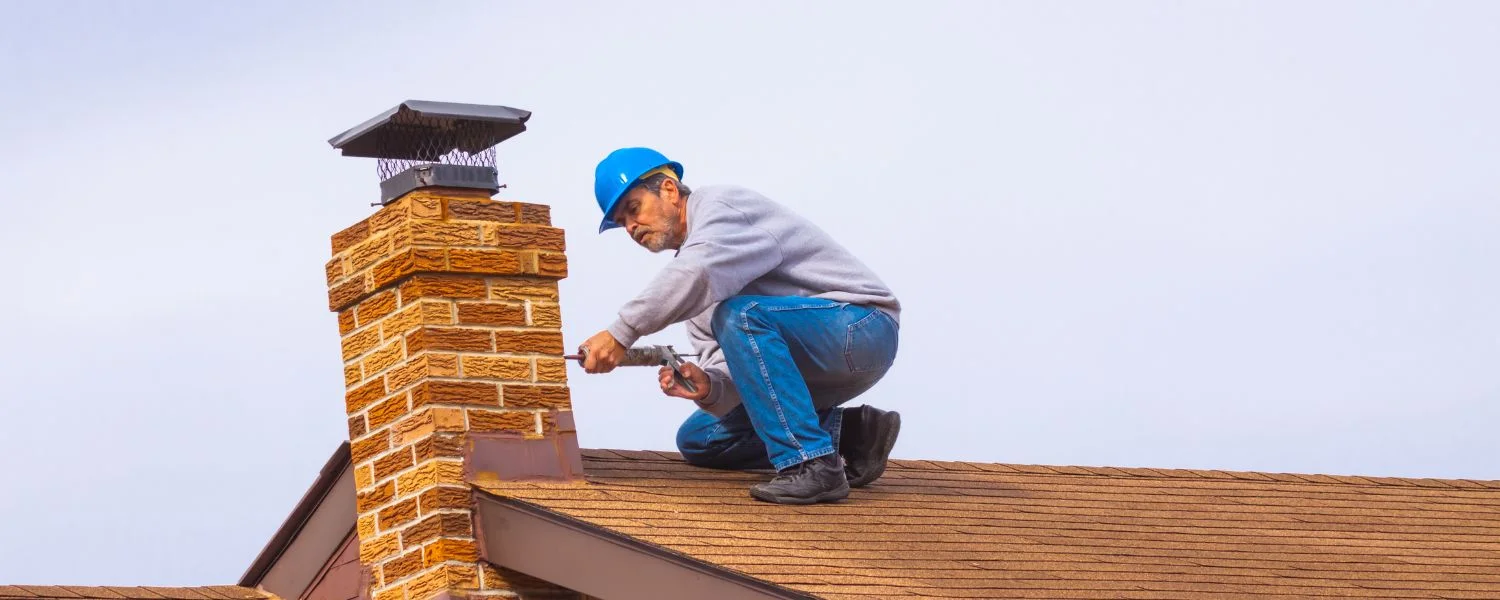
- Regular Inspections and Cleaning: One of the most effective ways to prevent chimney hazards is through annual inspections and cleaning. This process helps in identifying and addressing blockages, creosote build-up, and any signs of wear and tear.
- Installing a Chimney Cap: A chimney cap prevents animals and debris from entering the chimney, reducing the risk of blockages.
- Using the Right Fuel: Burning only appropriate materials in your fireplace (e.g., seasoned wood) can minimize creosote accumulation.
The Role of Professional Chimney Services
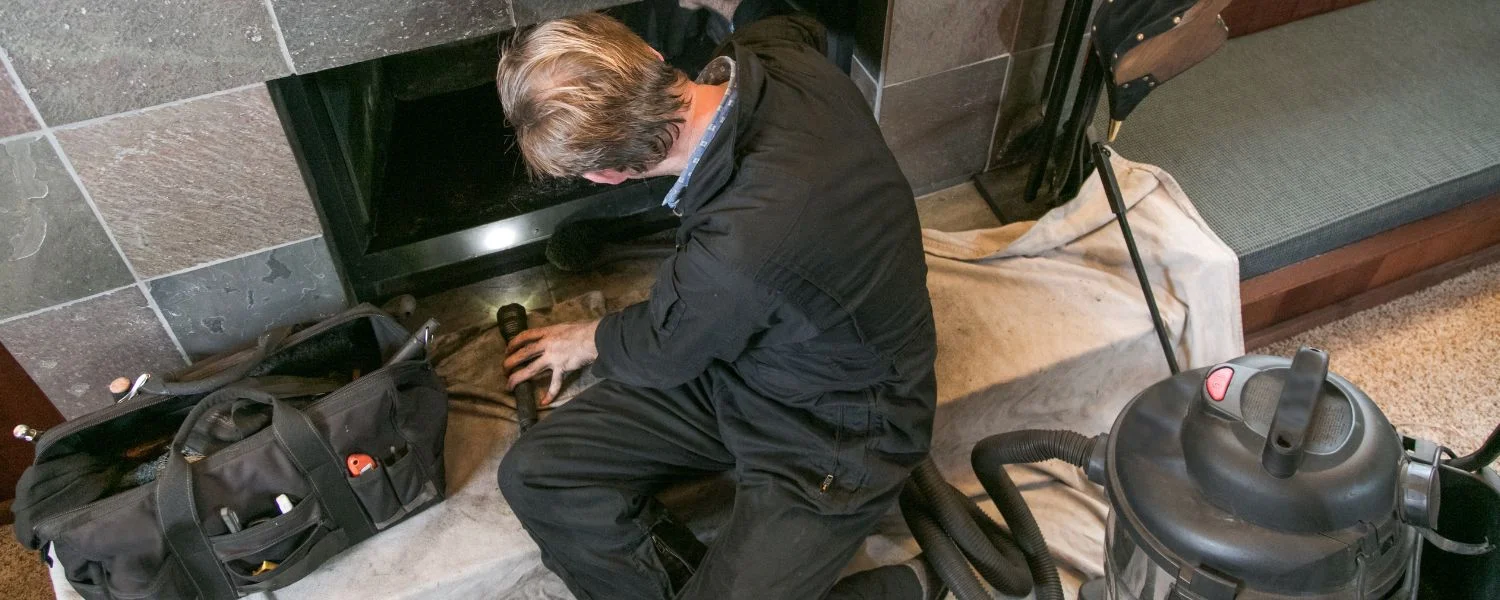
While some basic maintenance can be performed by homeowners, professional chimney services play a crucial role in deeper inspections and repairs. Professionals have the tools and expertise to thoroughly clean the chimney, assess structural integrity, and implement necessary repairs or modifications. They can also advise on the best practices for chimney use and maintenance, tailoring their recommendations to your specific setup and needs.
Educating Yourself and Your Family
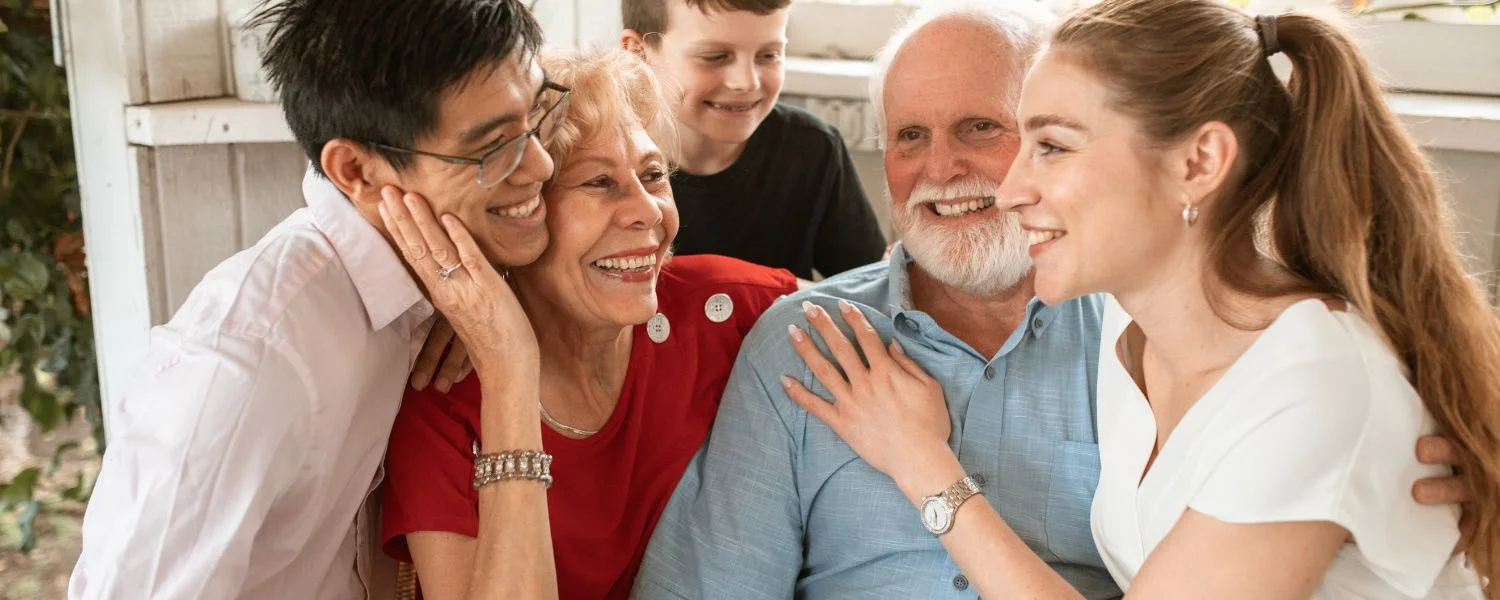
Education is key in preventing chimney-related hazards. Understand the signs of a malfunctioning chimney, such as unusual smells or smoke entering the room, and educate your family about what to do in case of a chimney fire or other emergencies. Installing carbon monoxide detectors and smoke alarms in your home also adds an extra layer of safety.
Conclusion
Chimney safety is an essential aspect of maintaining a safe and comfortable home. Regular maintenance, understanding the potential hazards, using professional services when necessary, and educating yourself and your family are all critical steps in preventing common chimney hazards. By taking these precautions, you can enjoy the warmth and comfort of your fireplace or heating system with peace of mind, knowing that you’ve prioritized the safety of your home and loved ones.

